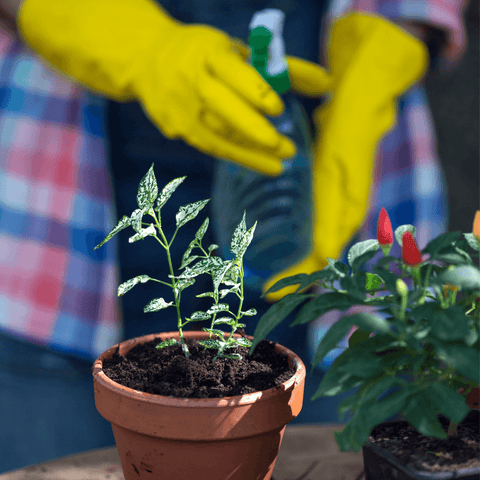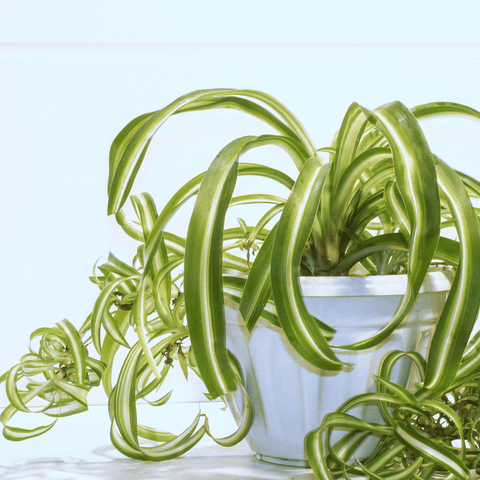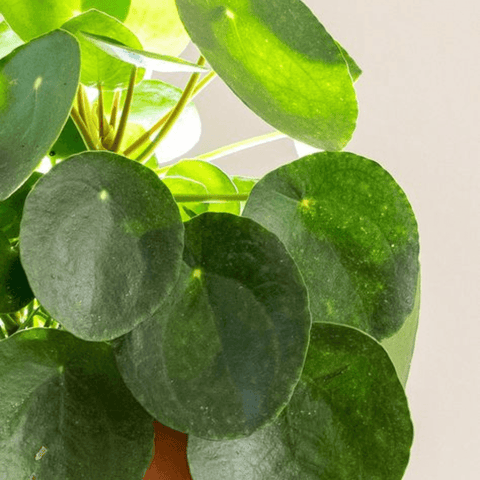Houseplants are a great way to add a touch of greenery to your home, but to keep them healthy and thriving, it's essential to provide them with proper nutrition. Fertilizing your houseplants is crucial to plant care, providing the vital nutrients they need to grow and produce vibrant foliage. In this blog post, we will explore how to fertilize your houseplants to ensure that they stay healthy and strong.
- Choosing the Right Fertilizer: Many types of fertilizers are available for houseplants, including liquid, granular, and slow-release formulations. Choose a fertilizer specifically formulated for houseplants and follow the manufacturer's application rates and frequency instructions.
- Timing:The best time to fertilize your houseplants is during their active growing season, typically from spring through fall. Avoid fertilizing during the winter months when growth slows down, as this can cause fertilizer buildup in the soil.
- Application Method: There are several ways to apply fertilizer to your houseplants, including top dressing, foliar feeding, and soil drenching. Top dressing involves sprinkling fertilizer on the soil's surface, while foliar feeding involves spraying the leaves with a liquid fertilizer solution. Soil drenching consists in pouring a solution of water and fertilizer directly into the soil.
- Frequency: The frequency of fertilization will depend on the type of fertilizer you are using and the needs of your plants. Generally, most houseplants benefit from monthly fertilization during their active growing season. However, read the manufacturer's instructions for specific application rates and frequency.
- Avoid Overfertilizing: Overfertilization can be just as harmful to your houseplants as under fertilization. Too much fertilizer can burn the roots and cause foliage to become stunted or discolored. Be sure to follow the manufacturer's instructions for application rates and frequency, and monitor your plants for signs of fertilizer burn, such as yellowing or browning of the leaves.
In conclusion, fertilizing your houseplants is essential to plant care that can help keep your plants healthy and vibrant. By choosing the right fertilizer, correctly timing your applications, and avoiding overfertilizing, you can ensure that your houseplants thrive in your home for years.





Comments (0)
There are no comments for this article. Be the first one to leave a message!